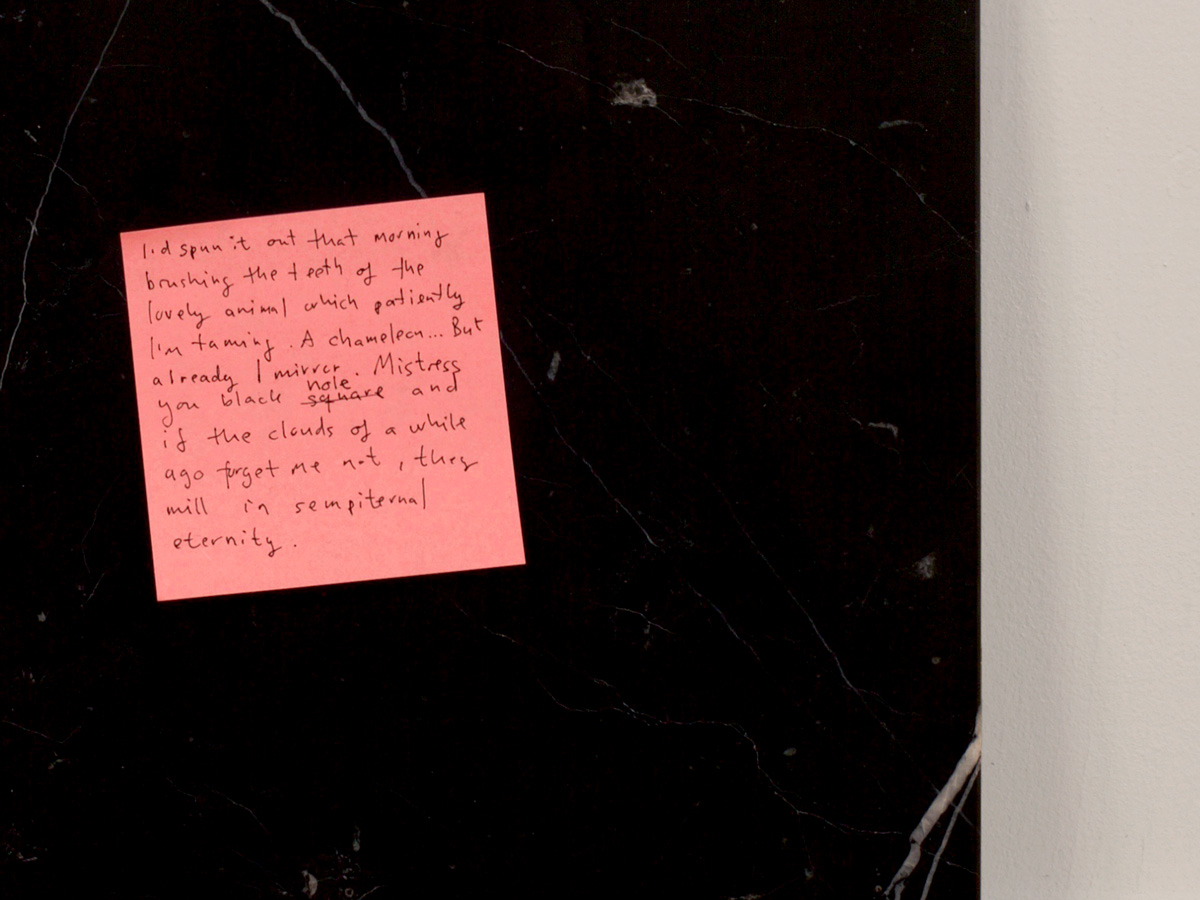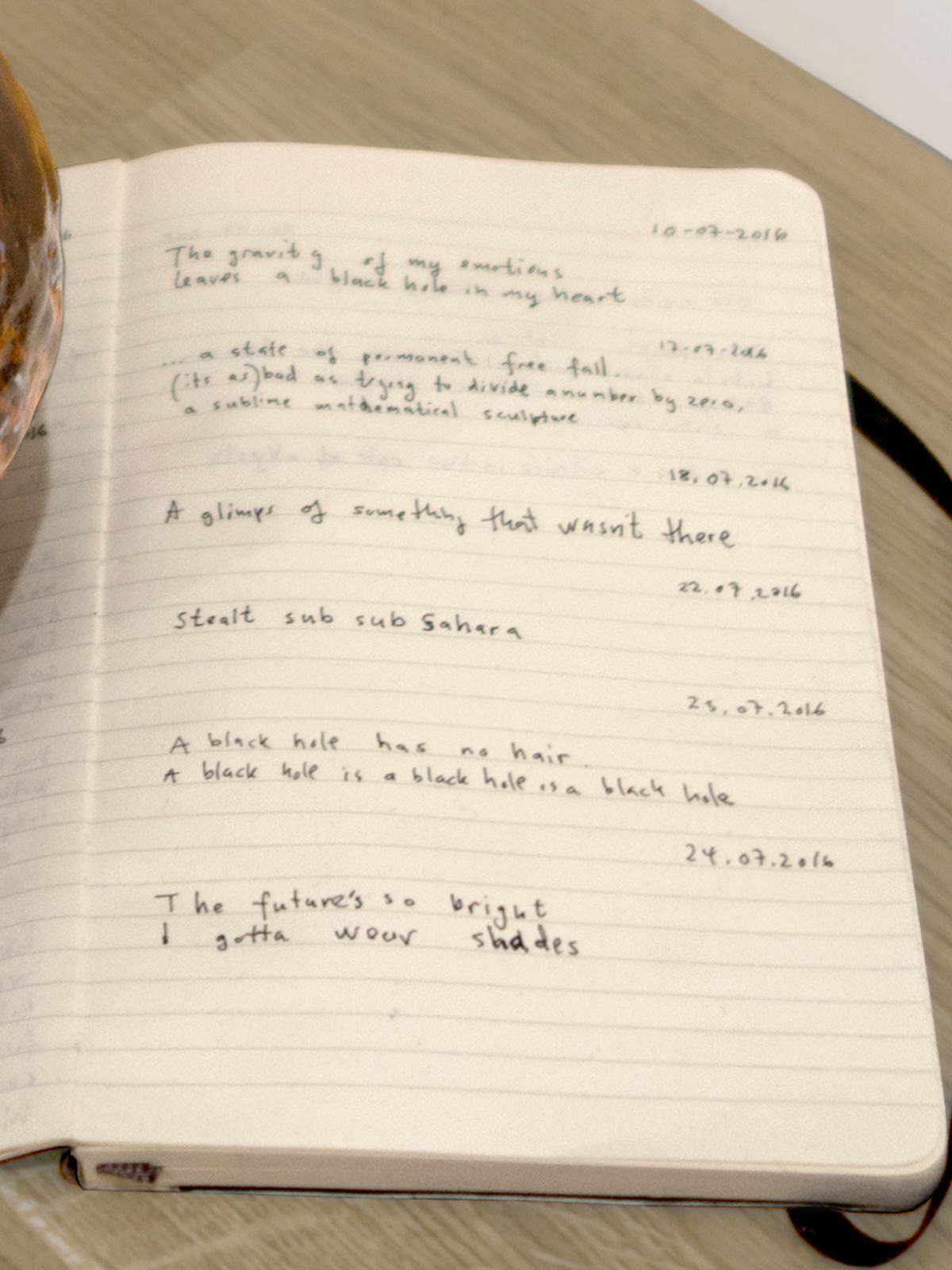


TOMORROW IS YESTERDAY
Hand blown glass and Rag Rug
141 x 73 x 41 cm
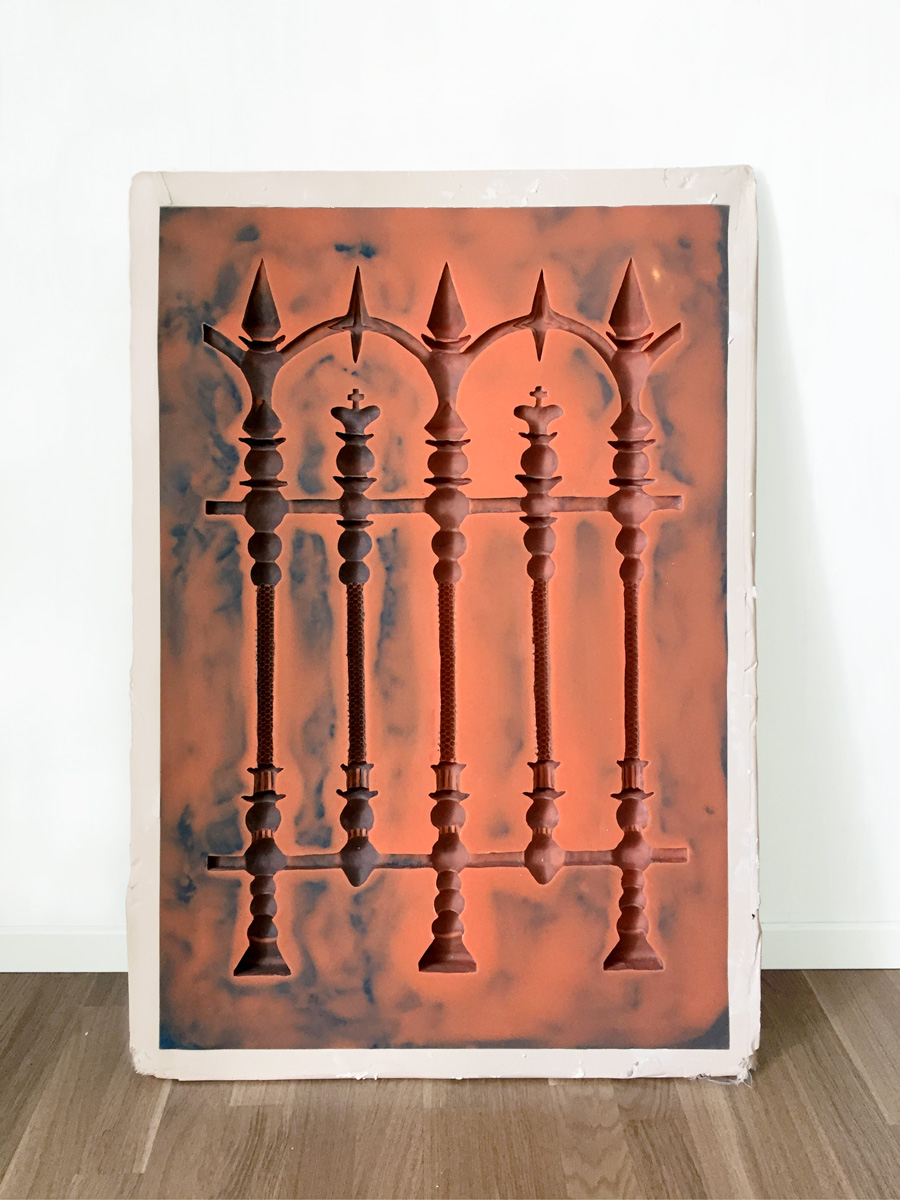
EVENT HORIZON
Silicon, plaster and glasfiber
100 x 69,5 x 5 cm
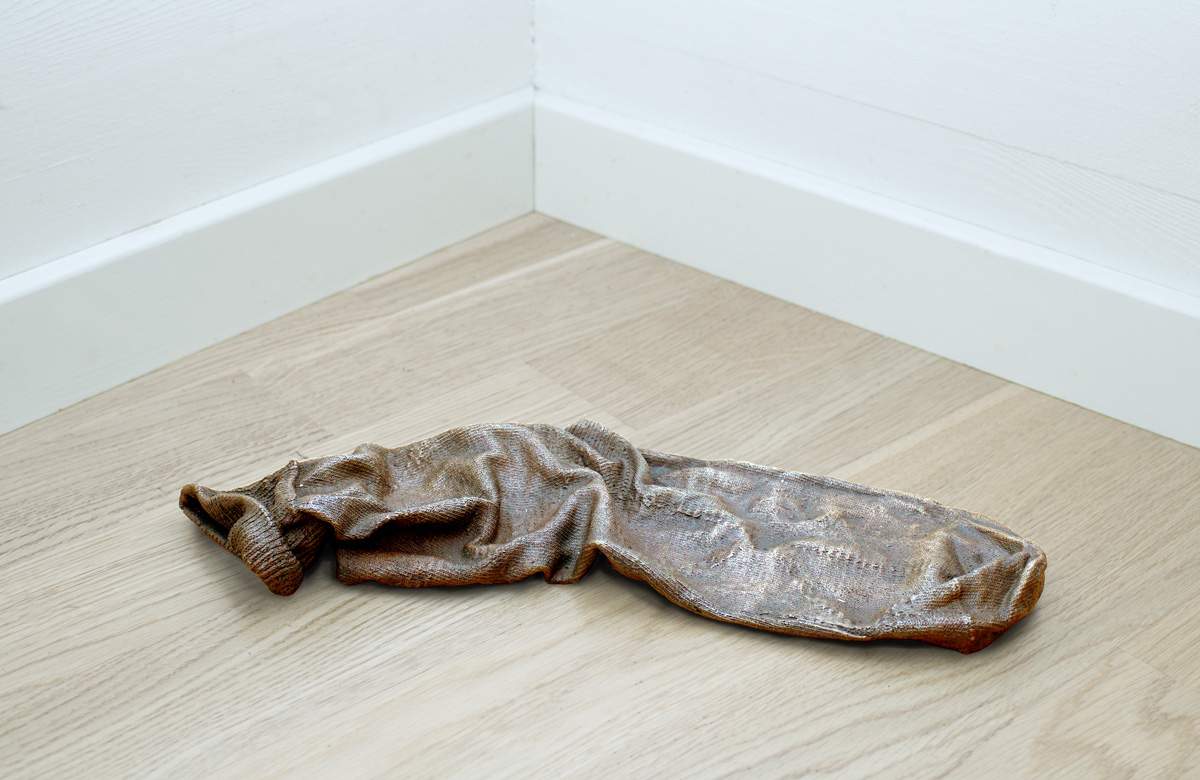
AH! IN THE BLACK HOLE OF CALCUTTA!
Bronze
31 x 10 x 3,5 cm
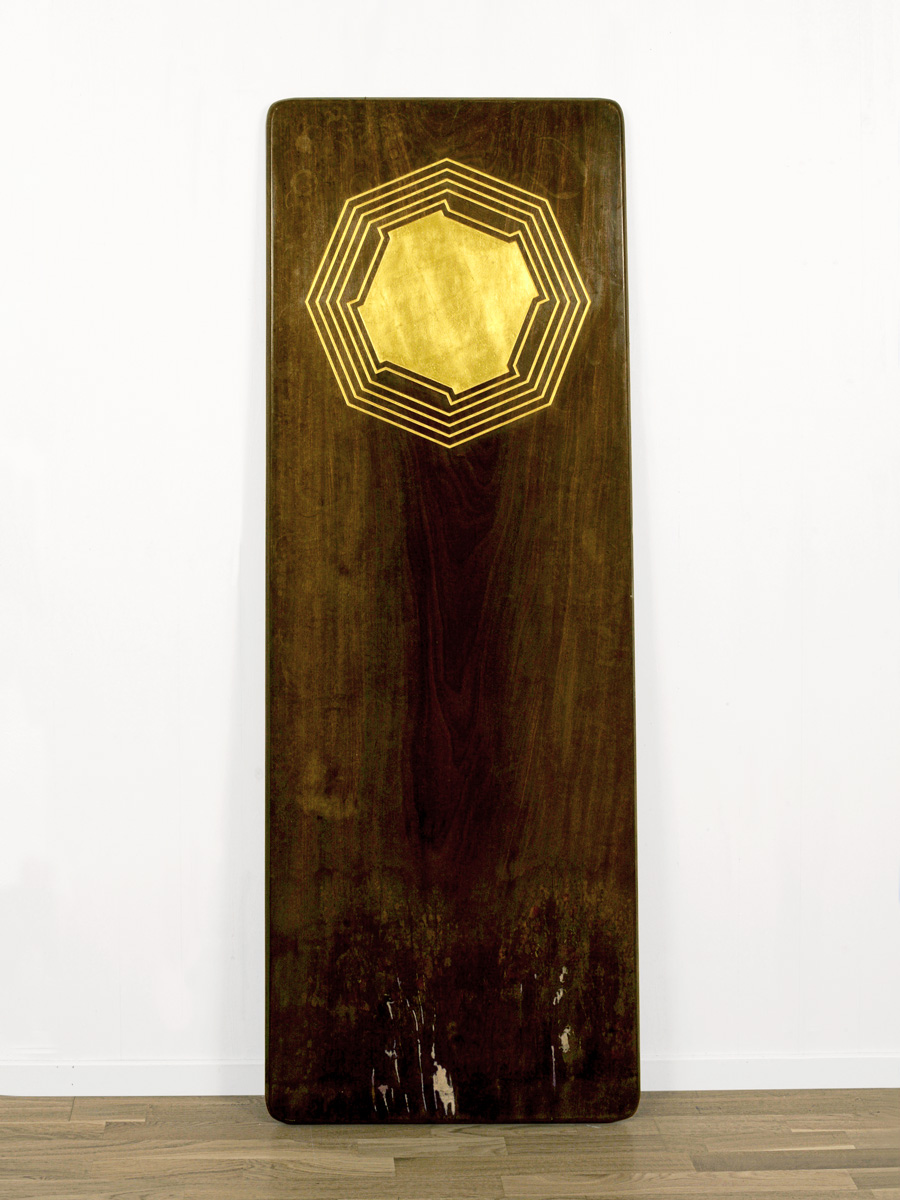
THE BLACK HOLE MEMORIAL
CNC milled and gilded teak table top
64 x 172 x 3,5 cm

KOLKATA
Gouache on Khadi handmade rag paper (320g smooth)
56 x 76 cm

FOUR FINGER HANDSHAKE
Gouache on Hahnemüehle watercolour paper (300g Rough)
40 x 30 cm
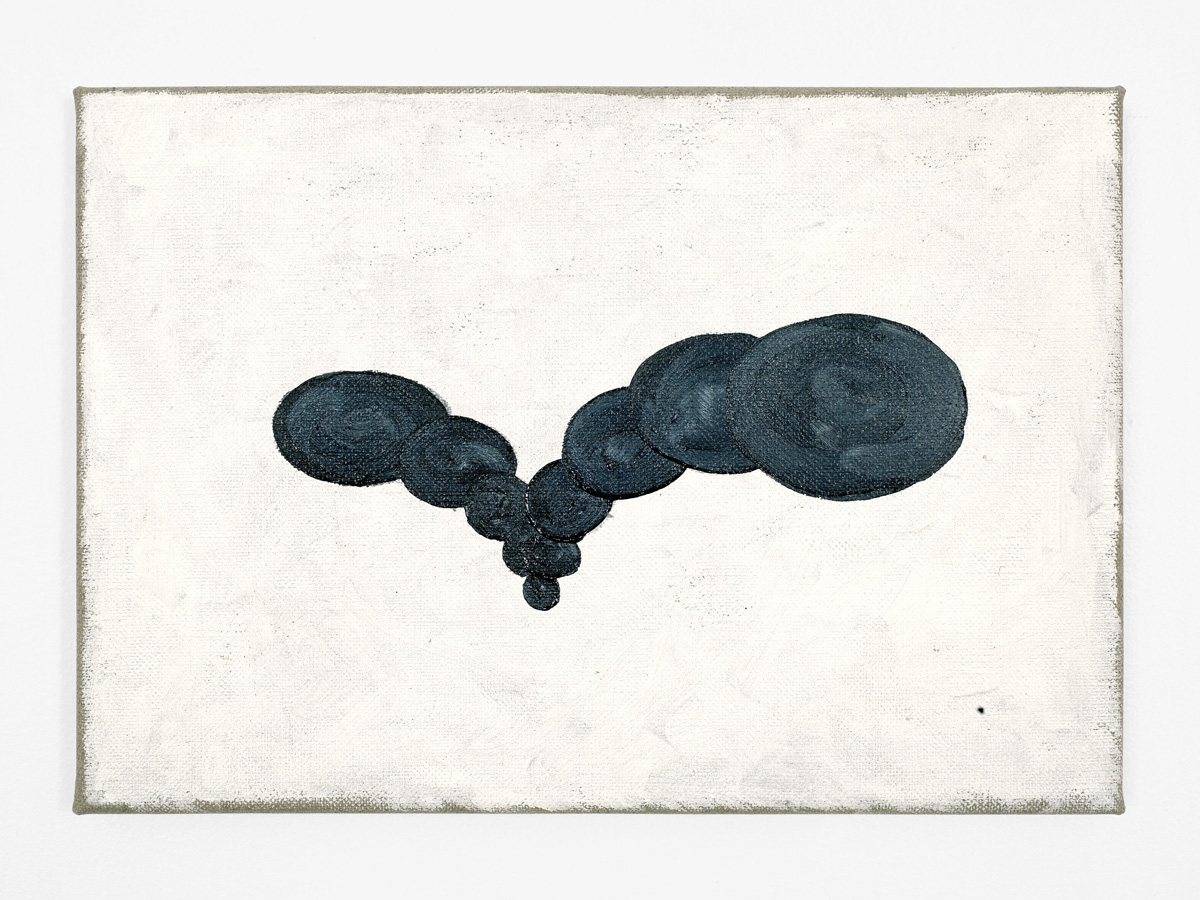
RISING GROUND, BOUND, REBOUND
Oil on canvas
35 x 24 cm
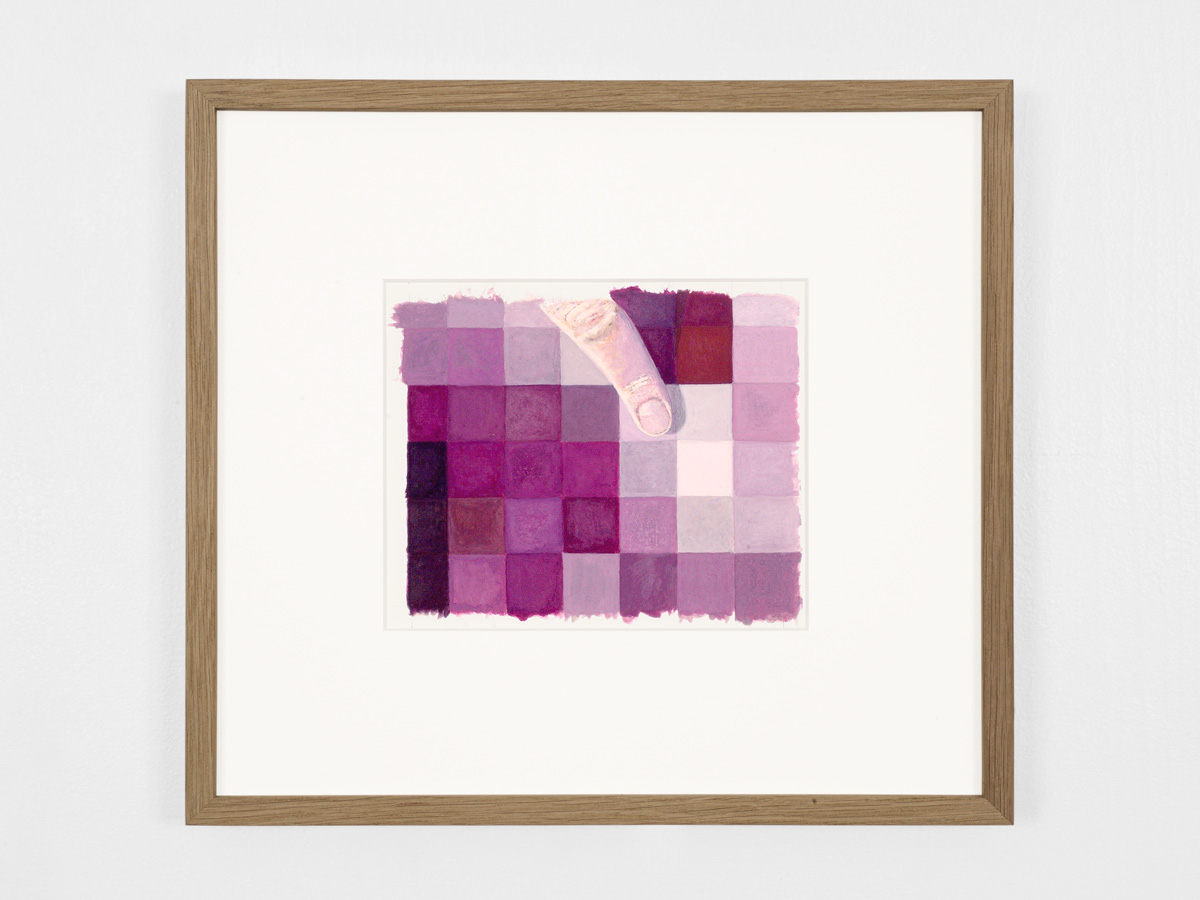
INDEX PIXEL
Gouache on Arches watercolour paper (300g Hot pressed)
14,7 x 12,2 cm
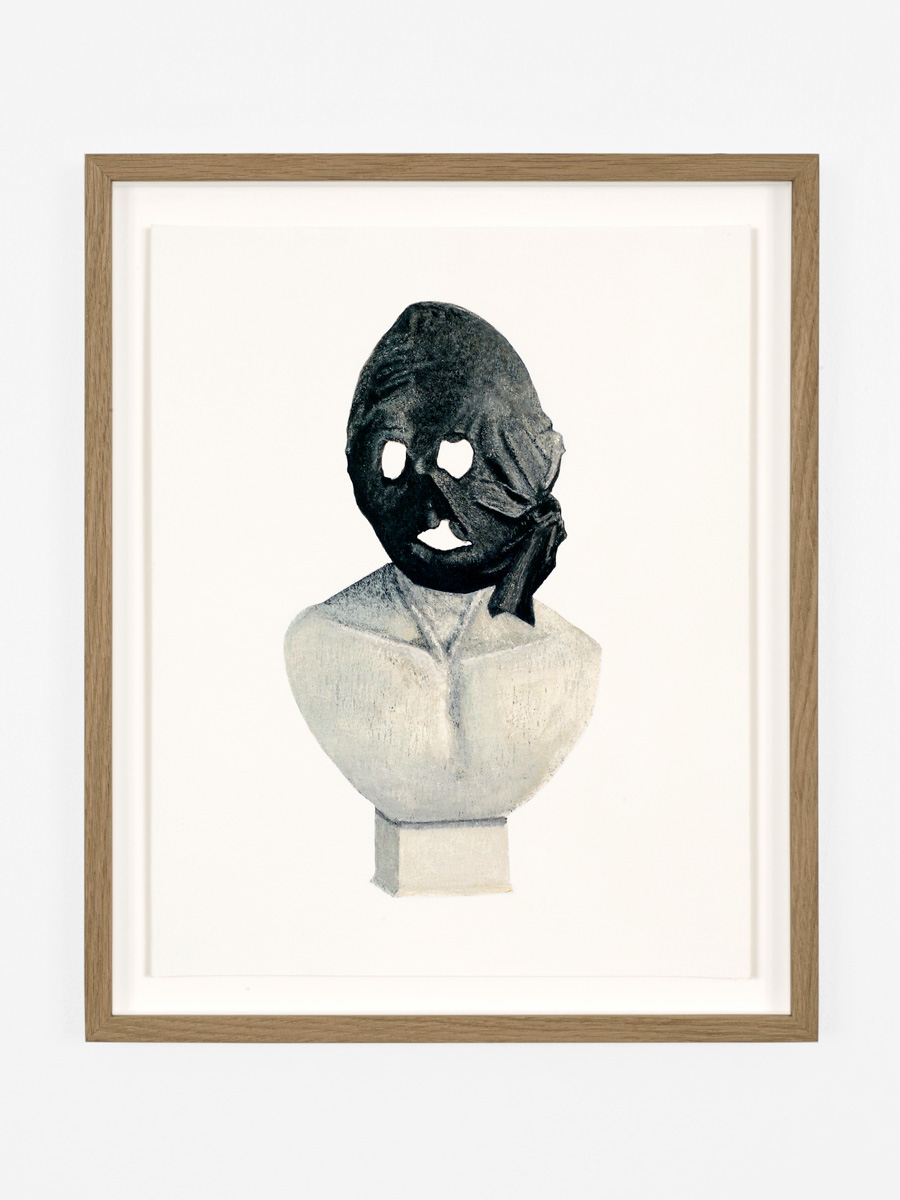
UNSTABLE IDENTITIES
Gouache on Schut watercolour paper (300g Rough)
24 x 30
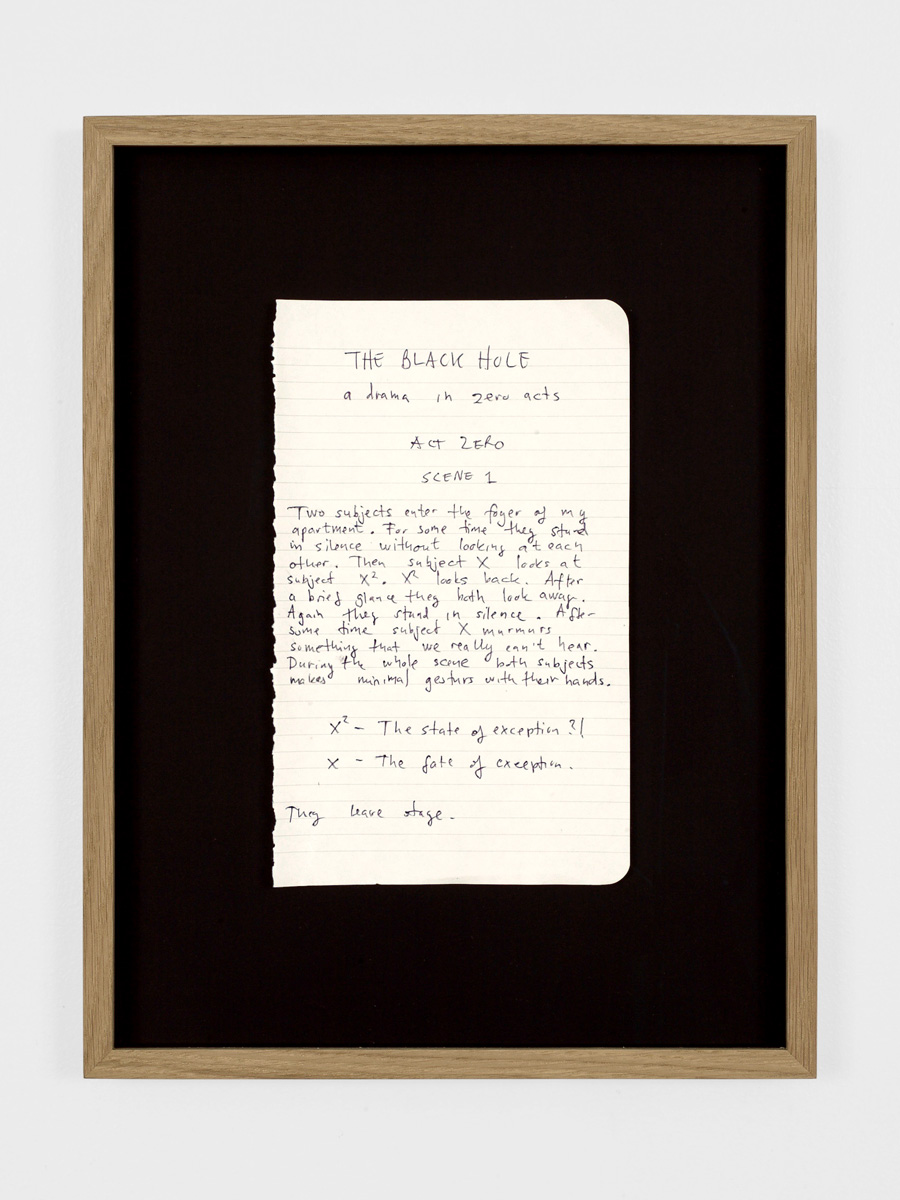
THE BLACK HOLE (PLAY)
Ballpoint pen on notebook paper
16,8 x 20,3
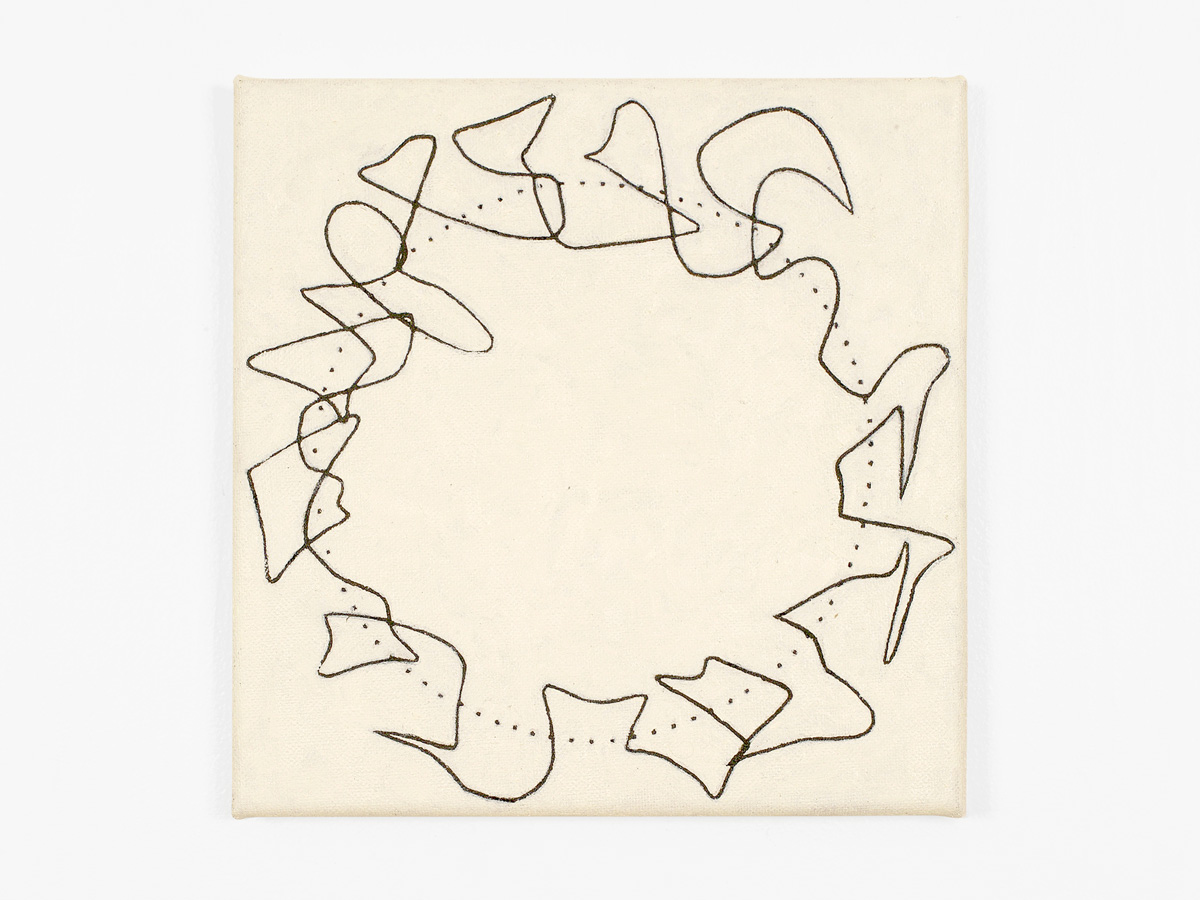
FUZZ
Oil on canvas
26 x 26 cm
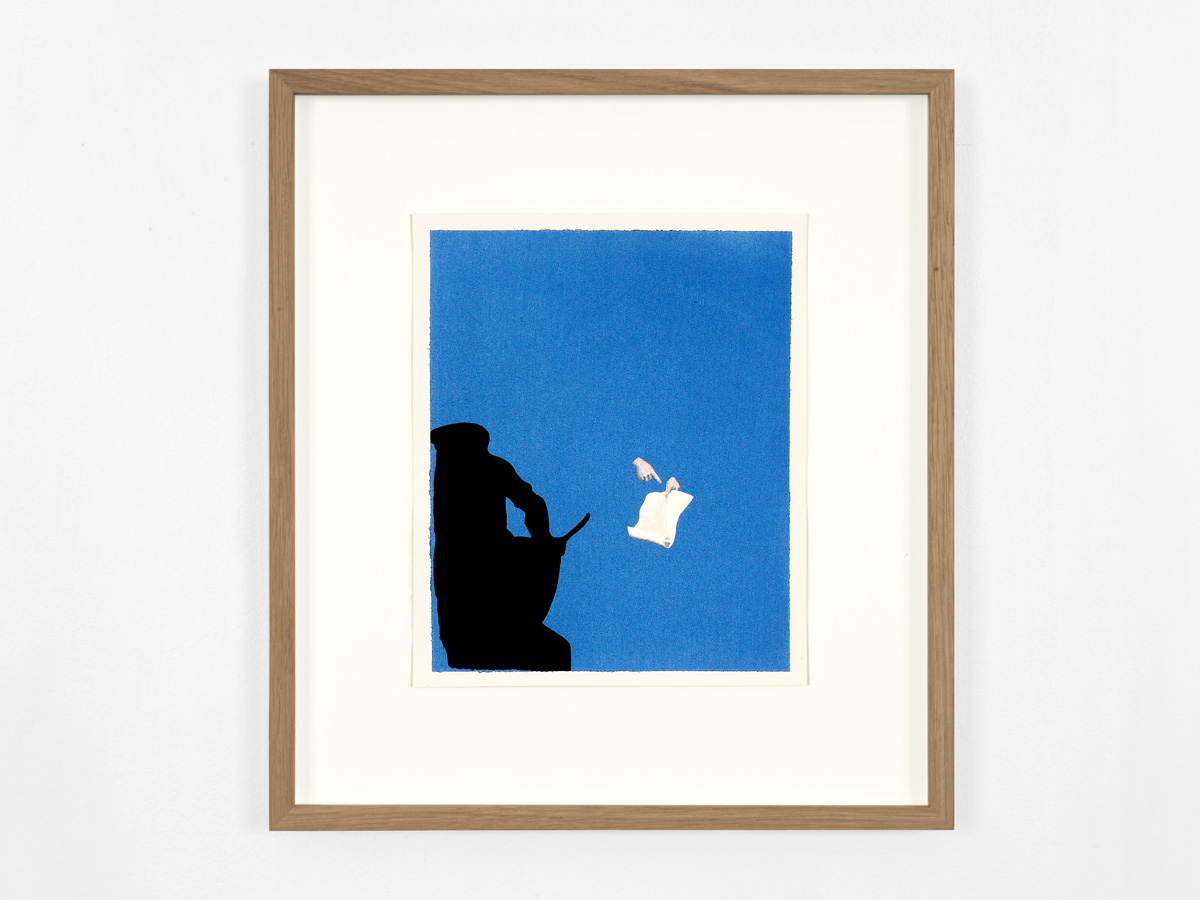
GENUINE NARRATIVE
Gouache on Arches watercolour paper (300g Hot pressed)
16,8 x 20,3 cm
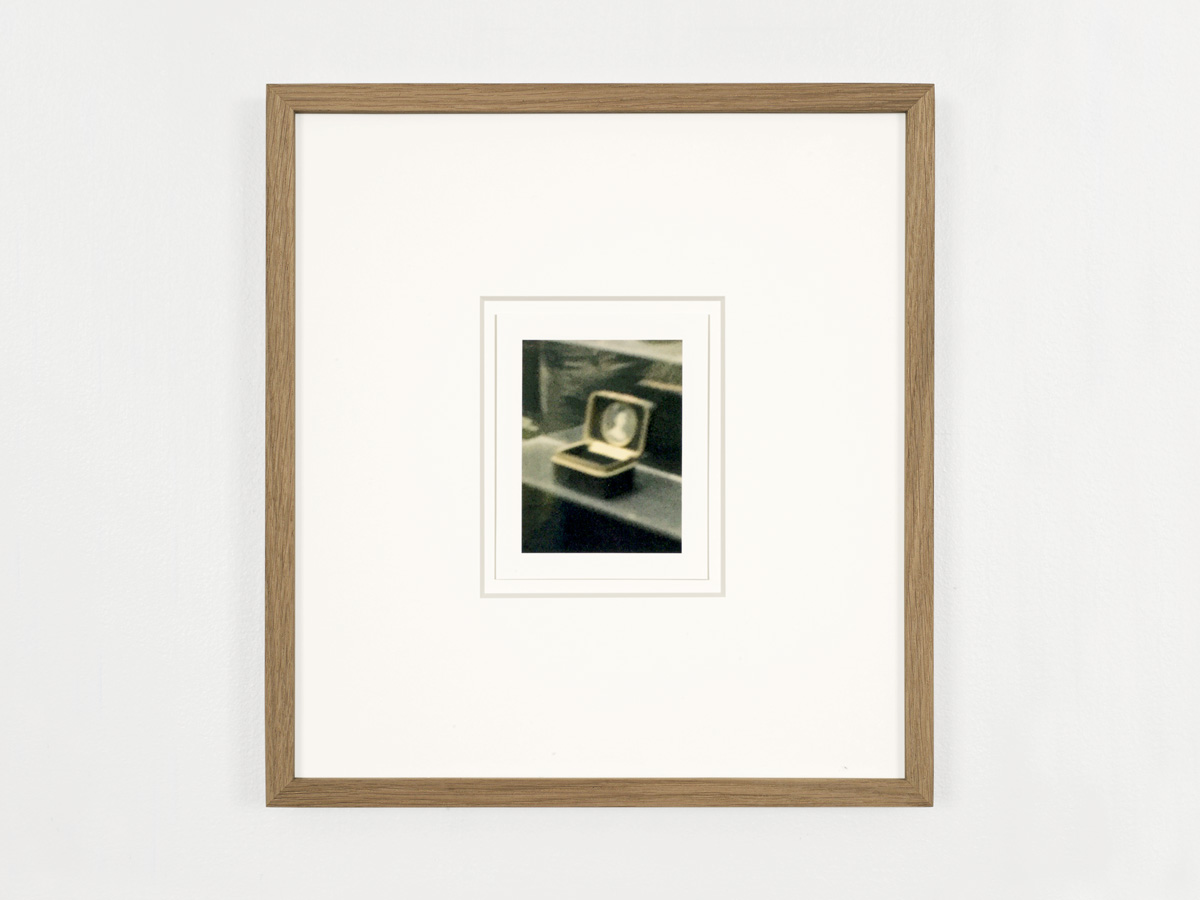
IDEAL MISTRESS (Stuffed snuff box)
Inkjet on Hahnemüehle Photo Rag (305g ultra smooth))
8 x 10 cm

THE HOLEBURY
Fineliner on sketch paper
A4
IDEAL MISTRESS (1:17)
Marble and pen on Post-it
23,7 x 30,5 x 2 cm
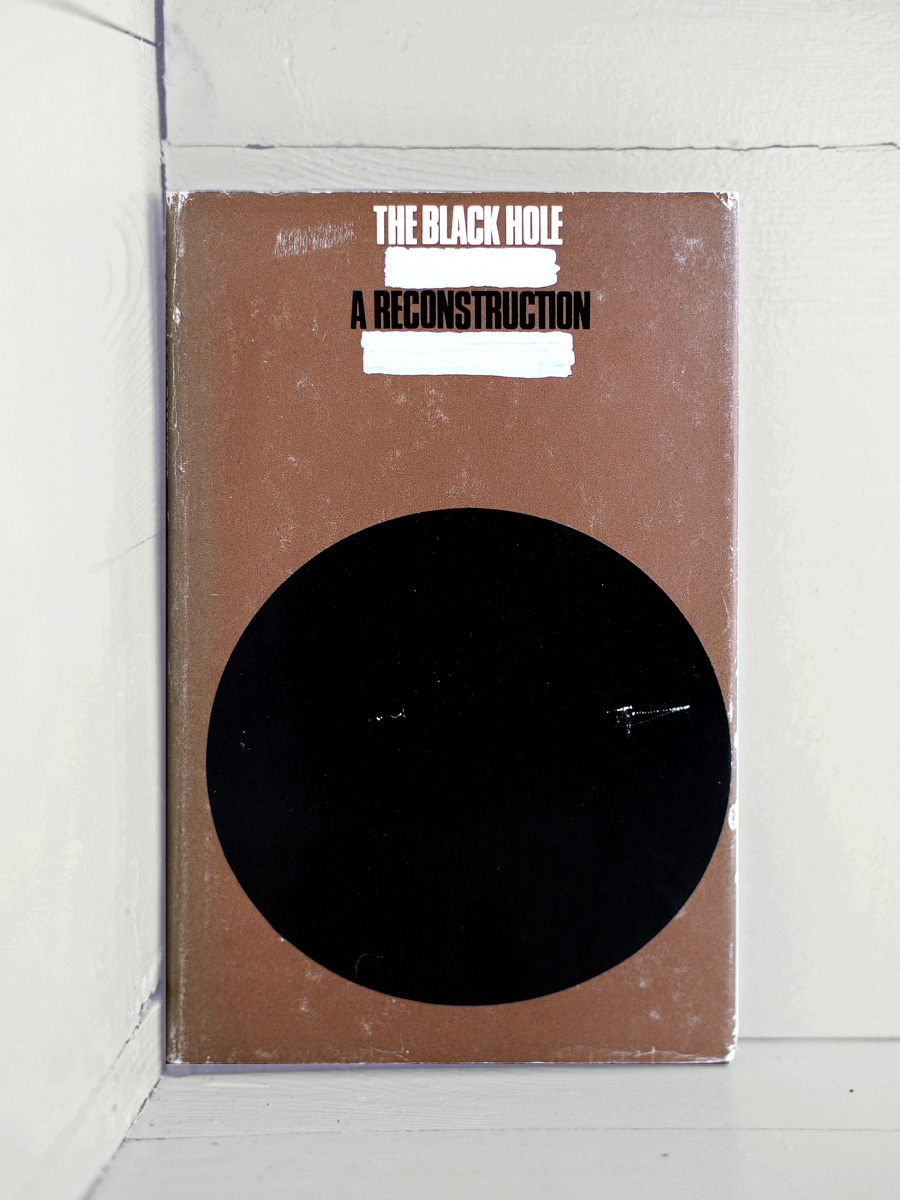
RECONSTRUCTION
Tipp-ex on book
13,5 x 21 cm
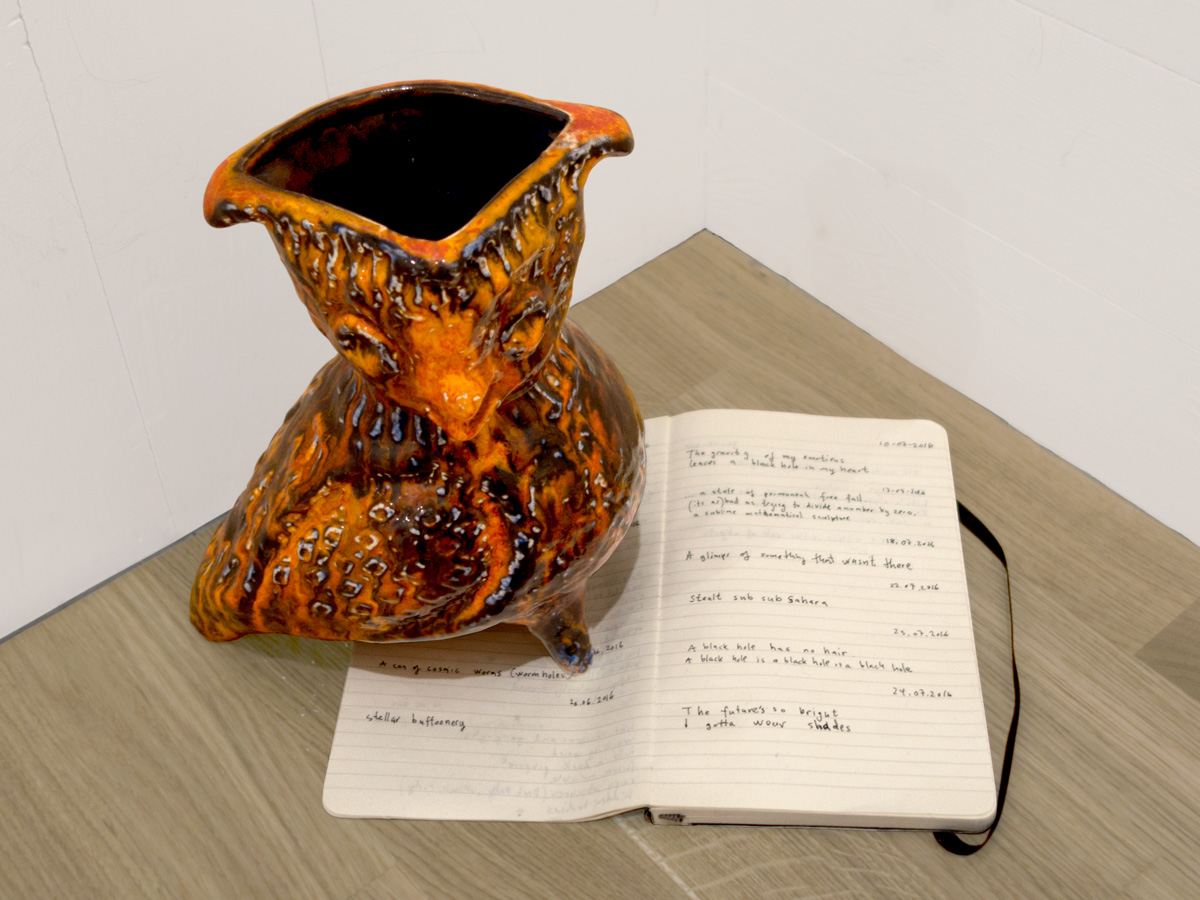
CAMILLA
Ceramic and bed side note book
35 x 20 x 23,5 cm
The exploded star now flashes inside us, in the darkness of our memory, in the great starry night that we carry in our hearts but flee in our fallacious light of day. And there we trust ourselves to living language. Yet at times between two everyday words a few syllables of dead language will slip out, ghost words that have the transparency of a flame at high noon or the moon in an azure sky. But the moment we shelter them in the penumbra of our spirit they become intensly bright.
Pierre Klossowski - Diana at her Bath
I’d spun it out that morning brushing the teeth of the lovely animal which patiently I’m taming. A chameleon…But already I mirror. Mistress you black square and if the clouds of a while ago forget me not, they mill in sepiternal eternity.
Rober Desnos - Ideal Mistress
From 1959 until 1961 Chiu was a member of the Institute for Advanced Study in Princeton, and during that time Princeton physicist Robert Dicke, Both an experimentalist and theorist on gravitation, spoke at a colloquium and mentioned how general relativity predicted the complete collapse of certain stars, creating an environment where gravity was so strong that no light or matter could escape “To the astonished audience, he jokingly added it was like the “Black Hole of Calcutta,”” recalls Chiu. A couple of years later, when Chiu started working at the Goddard Institute, he heard Dicke casually use the phrase again there during a series of visiting lectures. In this way, Dicke mat have released the term into the scientific atmosphere. It was one of Dicke’s favourite expressions, for he often used it with his family in an entirely different context. His sons recall their father exclaiming, “Black Hole of Calcutta!” whenever a household item appeared to have been swallowed up and gone missing.
Marcia Bartusiak - Black Hole
THE MYTHICAL HISTORY of the British Empire in the East begins in a black hole. In the evolutionary history of stars, the black hole is a theoretical construct. Scientists tell us that most of the black hole's properties cannot be directly observed. When the core matter of a star cools, contracts, and collapses into a black hole, the space-time around it is so sharply curved that no light escapes, no matter is ejected, and all details of the imploding star are obliterated. An outside observer cannot associate any meaningful sense of time with the interior events, and hence, in the absence of any chronological equivalence, no communication could possibly take place with an inside observer, if there were one. Scientists do, of course, infer the existence of black holes from observing disks of dust or hot gas near the cores of stars, but no actual black hole has ever been observed so far.
The Black Hole of Calcutta has a somewhat similar status in the history of modern empires. Where exactly was it located, and what happened inside it? How do we know anything about the place or event? To answer these questions, we will need to excavate many layers of narrative and doctrine that lie buried under our currently fashionable postimperial edifice of the global community of nations.
Partha Chatterjee - The Black Hole of Empire
The exploded star now flashes inside us, in the darkness of our memory, in the great starry night that we carry in our hearts but flee in our fallacious light of day. And there we trust ourselves to living language. Yet at times between two everyday words a few syllables of dead language will slip out, ghost words that have the transparency of a flame at high noon or the moon in an azure sky. But the moment we shelter them in the penumbra of our spirit they become intensly bright.
Pierre Klossowski - Diana at her Bath
I’d spun it out that morning brushing the teeth of the lovely animal which patiently I’m taming. A chameleon…But already I mirror. Mistress you black square and if the clouds of a while ago forget me not, they mill in sepiternal eternity.
Rober Desnos - Ideal Mistress
From 1959 until 1961 Chiu was a member of the Institute for Advanced Study in Princeton, and during that time Princeton physicist Robert Dicke, Both an experimentalist and theorist on gravitation, spoke at a colloquium and mentioned how general relativity predicted the complete collapse of certain stars, creating an environment where gravity was so strong that no light or matter could escape “To the astonished audience, he jokingly added it was like the “Black Hole of Calcutta,”” recalls Chiu. A couple of years later, when Chiu started working at the Goddard Institute, he heard Dicke casually use the phrase again there during a series of visiting lectures. In this way, Dicke mat have released the term into the scientific atmosphere. It was one of Dicke’s favourite expressions, for he often used it with his family in an entirely different context. His sons recall their father exclaiming, “Black Hole of Calcutta!” whenever a household item appeared to have been swallowed up and gone missing.
Marcia Bartusiak - Black Hole
THE MYTHICAL HISTORY of the British Empire in the East begins in a black hole. In the evolutionary history of stars, the black hole is a theoretical construct. Scientists tell us that most of the black hole's properties cannot be directly observed. When the core matter of a star cools, contracts, and collapses into a black hole, the space-time around it is so sharply curved that no light escapes, no matter is ejected, and all details of the imploding star are obliterated. An outside observer cannot associate any meaningful sense of time with the interior events, and hence, in the absence of any chronological equivalence, no communication could possibly take place with an inside observer, if there were one. Scientists do, of course, infer the existence of black holes from observing disks of dust or hot gas near the cores of stars, but no actual black hole has ever been observed so far.
The Black Hole of Calcutta has a somewhat similar status in the history of modern empires. Where exactly was it located, and what happened inside it? How do we know anything about the place or event? To answer these questions, we will need to excavate many layers of narrative and doctrine that lie buried under our currently fashionable postimperial edifice of the global community of nations.
Partha Chatterjee - The Black Hole of Empire
